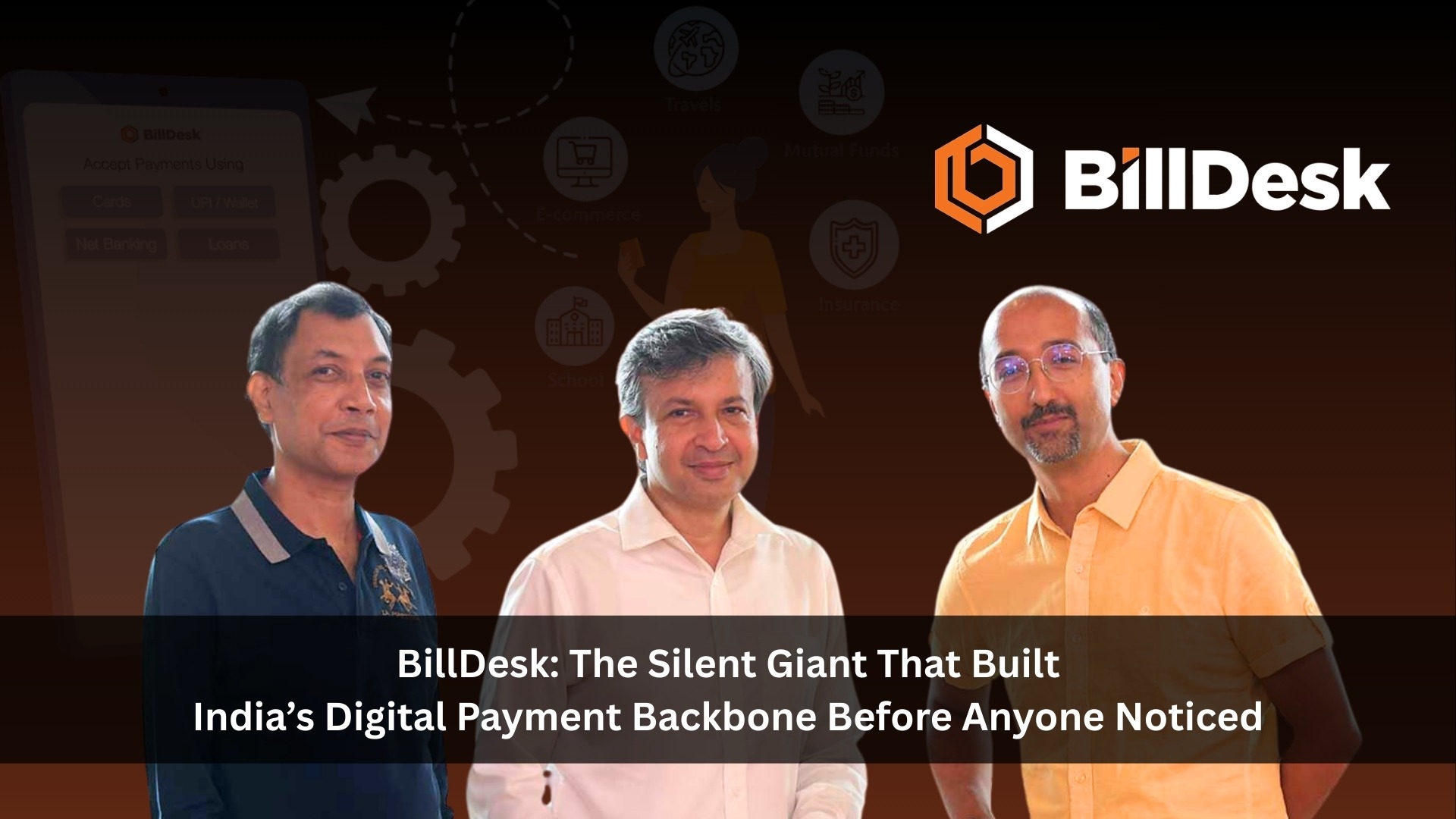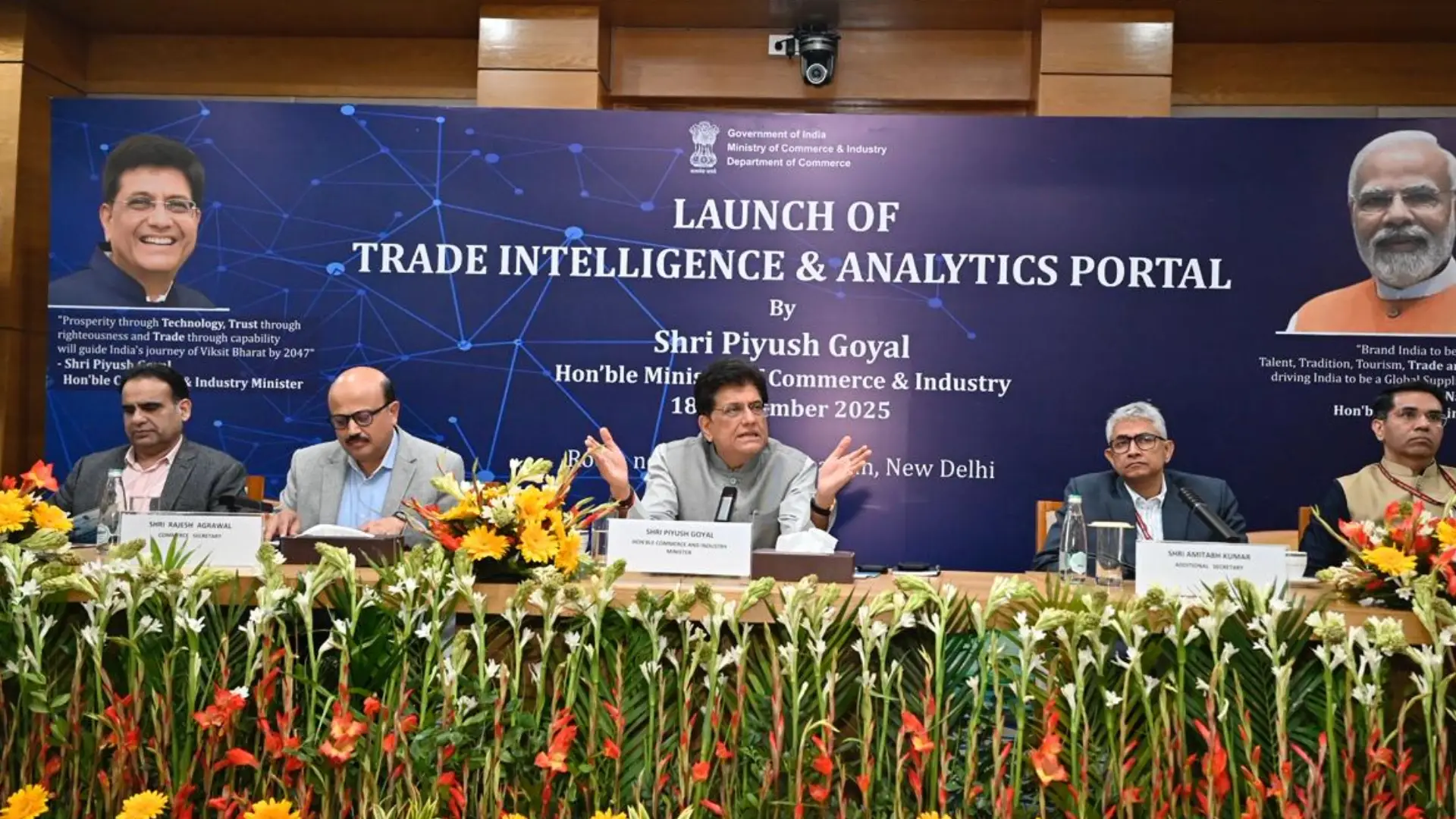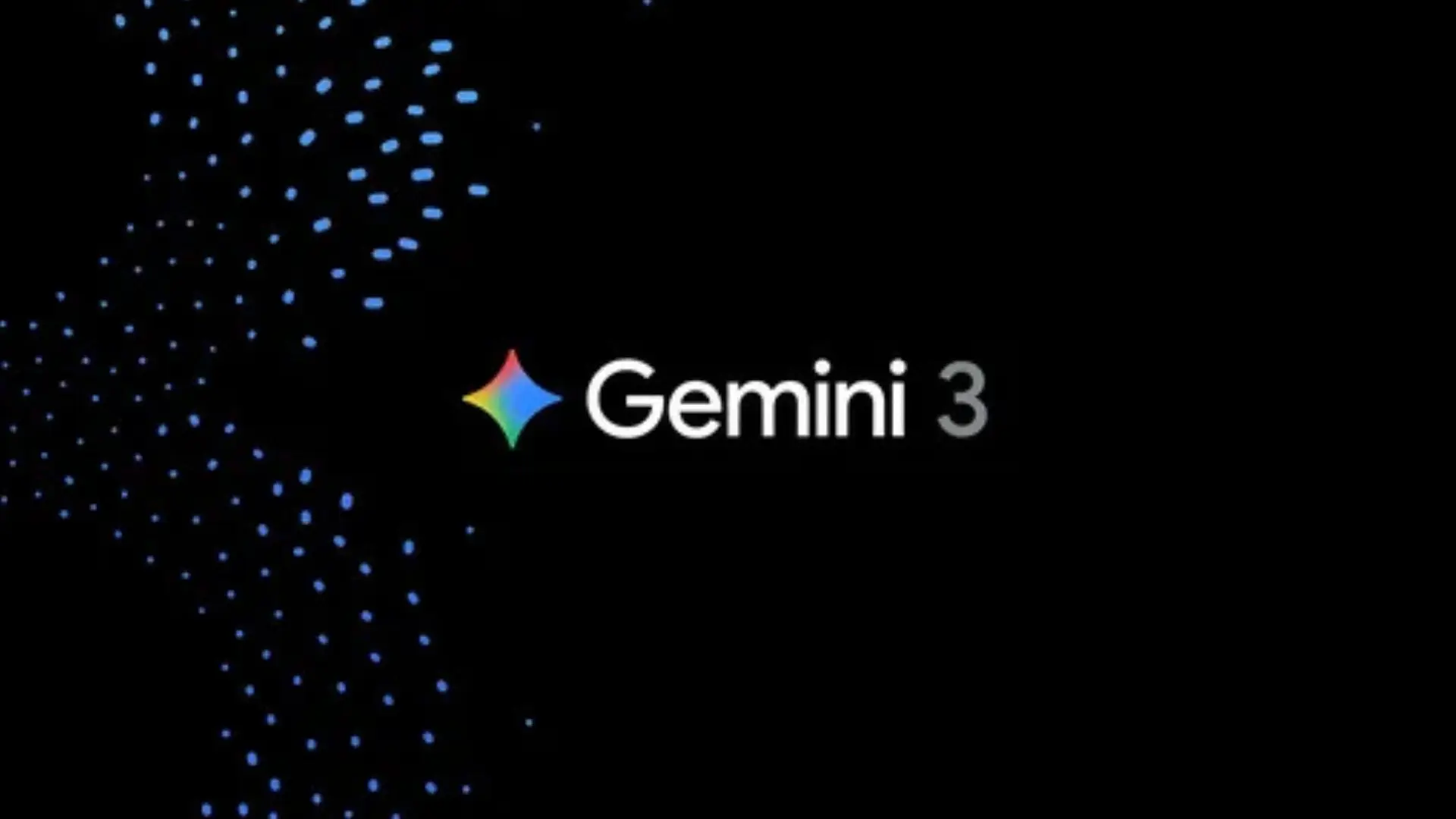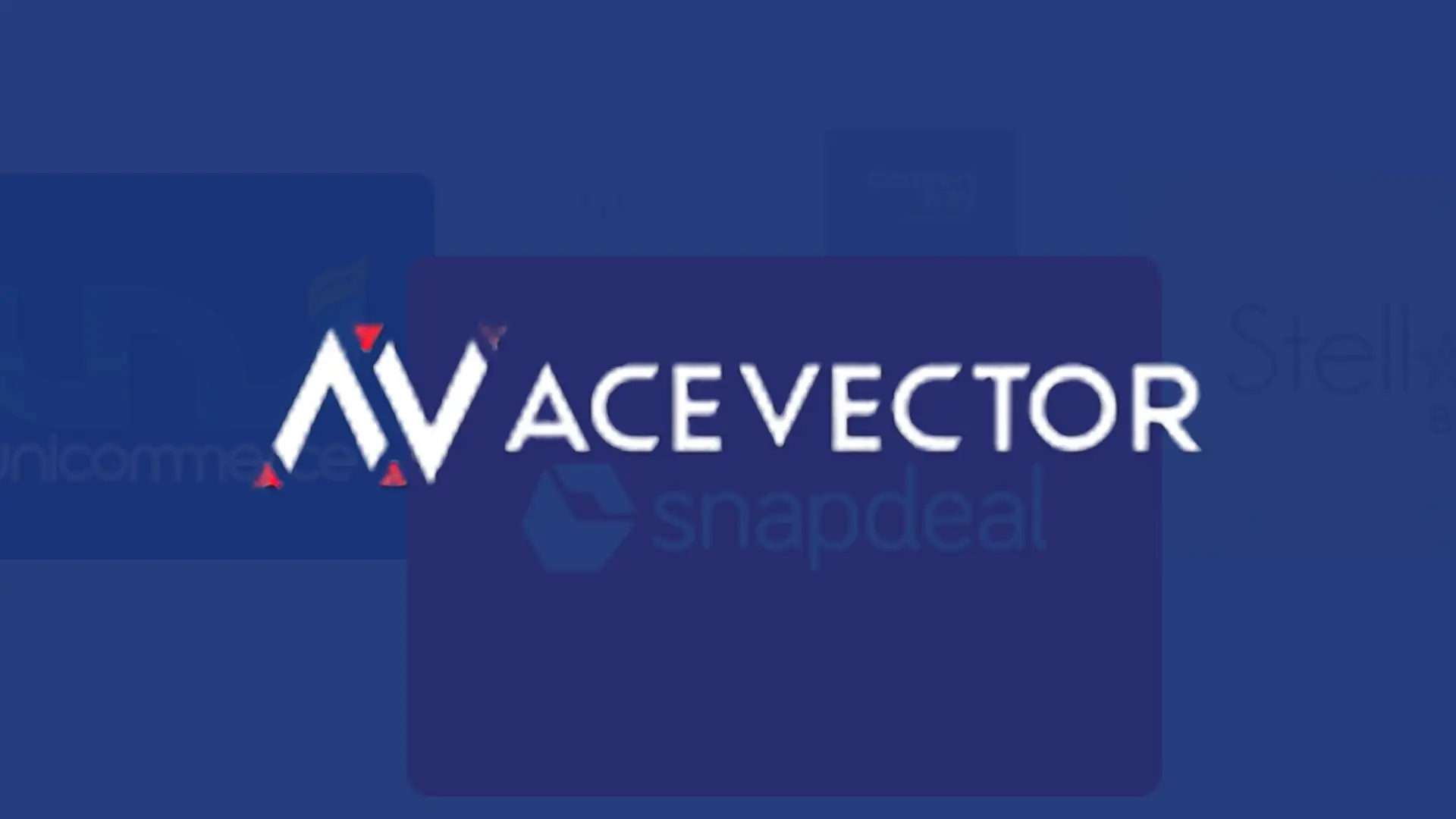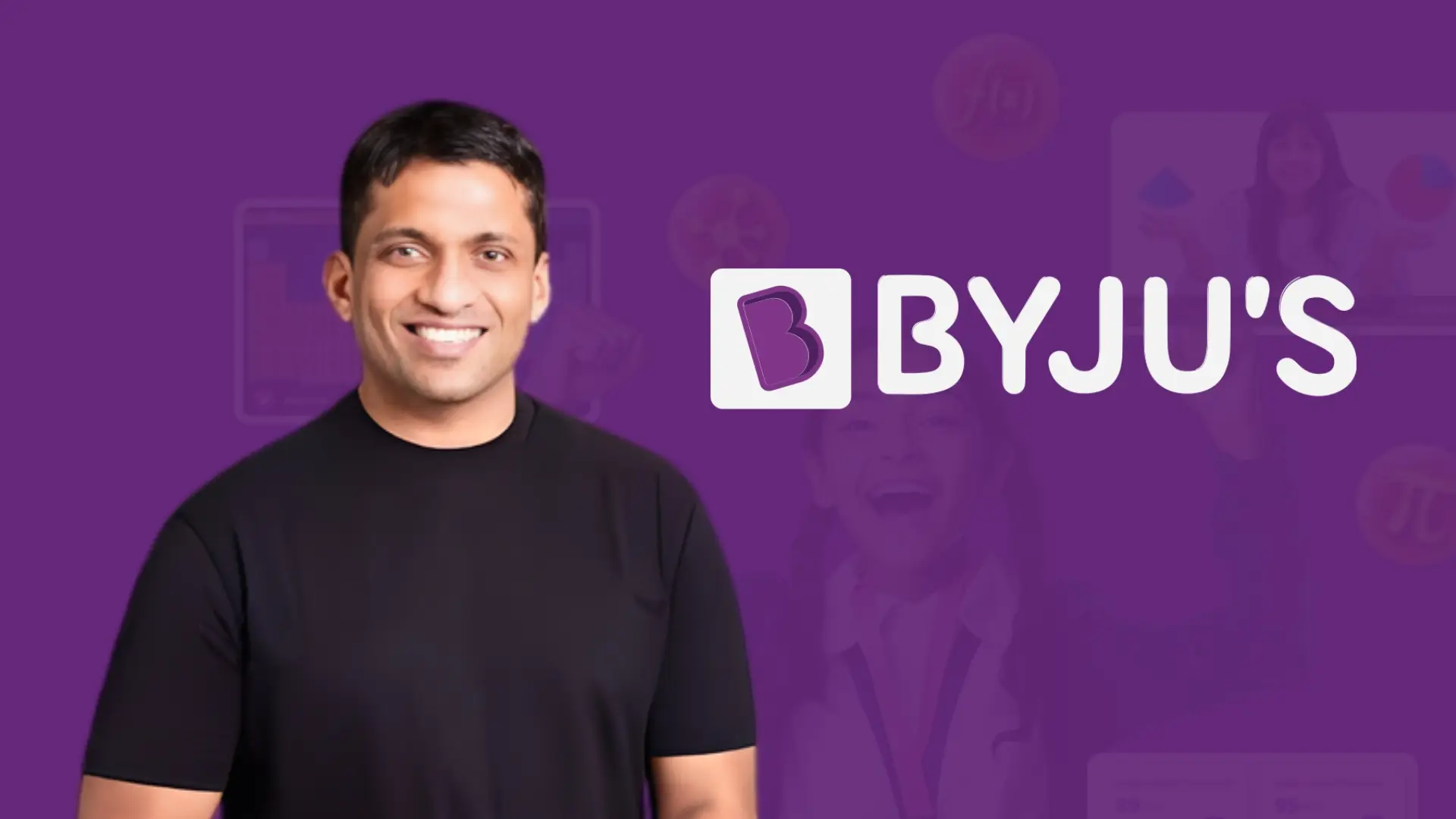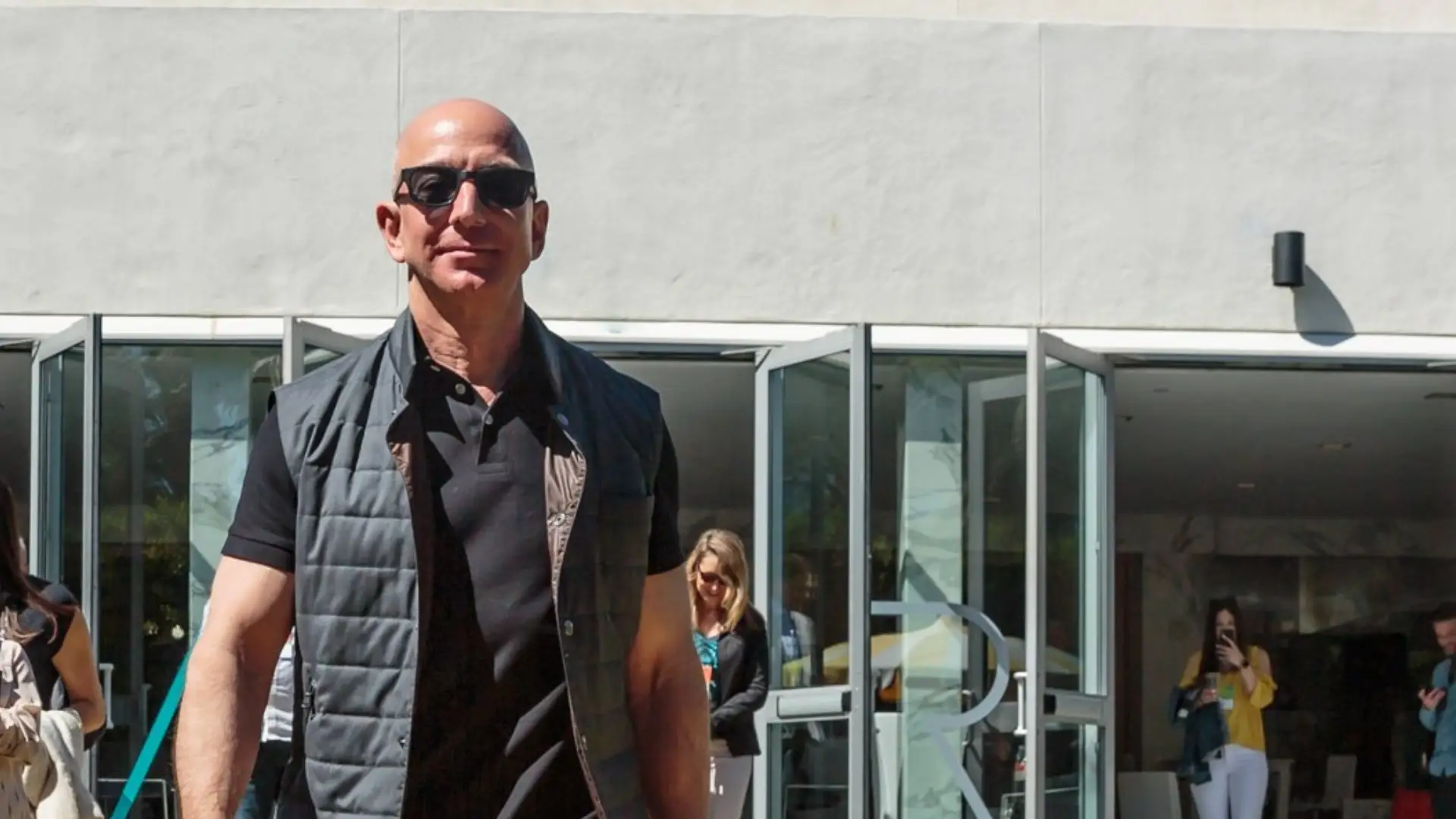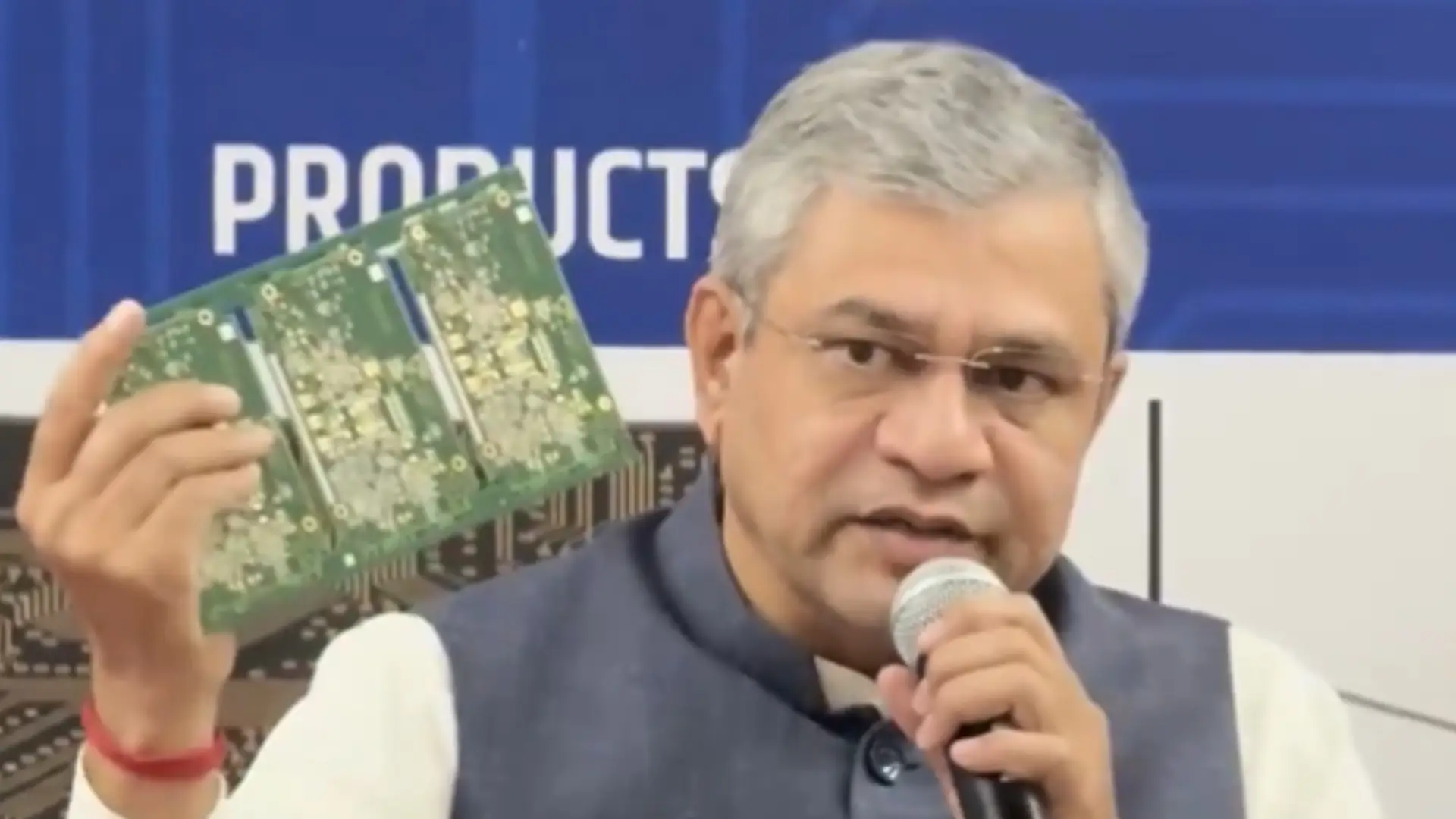We all know how UPI works and how payments are powered by NPCI. But have you ever thought about how bill payments work?
Think about it for a moment. Every month, we pay electricity bills, credit card bills, broadband, insurance premiums, and countless other dues. But here’s the question: who is really powering all these payments behind the scenes?
You’re paying an electricity bill of a government company through a private app like PhonePe, using a bank account from another institution. That’s three to four different entities involved in a single transaction. But how do all these settlements happen seamlessly?
It is BBPS, the Bharat Bill Payment System. For those who didn’t understand clearly what it is, let me explain. The Bharat Bill Payment System (BBPS) is a centralized system launched by the Reserve Bank of India (RBI) and operated by the National Payments Corporation of India (NPCI). It is basically a standardized network that connects billers, banks, agents, and payment apps under one umbrella. The concept of BBPS was first announced in 2013, the pilot phase launched in the year 2013, and then in the year 2017, it went public.
Today, when you pay an electricity bill through Google Pay, PhonePe, Paytm, or even directly via your bank’s net banking portal, you are actually doing it all on BBPS. A huge chunk of this system is driven by one company called BillDesk.
In this article let’s dive deeper into BillDesk. Well, after listening to the BBPS story, you may think BillDesk started as other players after the UPI wave and payments wave, right? No, the story started way before we all thought or were aware of bill payments. This all started back in the year 2000.
Back then, bill payments meant standing in queues at electricity offices, writing checks for insurance premiums, or rushing to the bank before closing hours. BillDesk saw this problem before anyone else did. It started with a simple vision, which is to build a secure and reliable platform that could act as the “middleware” between consumers, billers, and banks.
Long before UPI or BBPS came into the picture, BillDesk was already solving the messy web of bill collections, settlements, and reconciliations. For consumers like us, paying bills by standing is a problem; similarly, when you understand from banks or service providers, they have to collect the money and settle the bills, and for all the reconciliations, it is a hard task. So, the solution of BillDesk not only solved a problem for people but also for the institutions and even companies.
So, that was a game-changing idea, but today when you are solving a problem like that, you may get millions in funding, right? But this company started way before what we see today. BillDesk was founded in 2000 by three ex-Arthur Andersen consultants: M.N. Srinivasu, Ajay Kaushal, and Karthik Ganapathy. They observed the problem before anyone else did, and that was a game-changer for the whole country. But back then even internet users were fewer.
In the early 2000s, private VCs in India were still rare. But organizations like SIDBI Venture Capital and Bank of Baroda recognized the potential of BillDesk. They didn’t just see it as a business; they saw it as critical infrastructure for India’s financial system. So instead of chasing Silicon Valley investors, BillDesk was backed by Indian institutions that understood the pain of bill collections firsthand. This gave BillDesk credibility and trust.
So, slowly they started onboarding the banks onto their platform, and they scaled up over the period by offering the services. After this, by 2008, they were profitable and generating revenues through the rate cuts, meaning for the transaction happening through their platform, they charge some percentage cut. And that’s how they generated revenue and succeeded.
In 2017, the real game started as BBPS was launched. By the time BBPS was launched in 2017, BillDesk already had the largest biller network in India. When NPCI standardized bill payments via BBPS, BillDesk could easily plug in its existing biller integrations. This made BillDesk a default choice for banks, payment apps, and agents joining BBPS.
In BBPS, operating units are entities authorized by NPCI to onboard billers, handle transactions, and manage settlements. BillDesk applied for and became one of the first OUs under BBPS. Since they already had huge transaction volumes and strong partnerships with banks and billers, they quickly rose to the top. As per the NPCI’s BBPS reports, BillDesk is the largest shareholder of the transactions among the OUs.
Their market-first entry and strong connection still dominate the market. And by looking at all of this, even some companies proposed to acquire it, and somehow, they failed. One of the largest acquisition proposals was by PayU, which is owned by Prosus, which announced an all-cash deal to acquire BillDesk for a staggering $4.7 billion dollars, but it failed due to some unmet conditions in 2022. But if that happened, probably it would have become one of India’s largest acquisitions in the fintech space, especially.
Today, BillDesk dominates this space, and they also offer other services. This journey of BillDesk is quite inspiring because it clearly shows the first-mover advantage and the benefits of solving some big problems. The next time you pay your bill in a few taps, remember this convenience was once someone’s impossible idea. If something as small as a bill payment can spark a billion-dollar revolution, imagine what your idea could do if you dared to take the first step.
Also Read: The Rise of True Meds: Affordable Medicines for Every Indian
